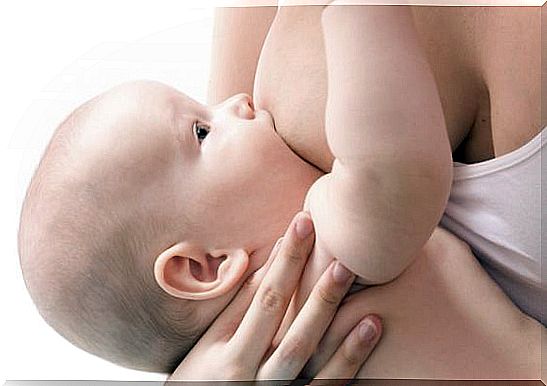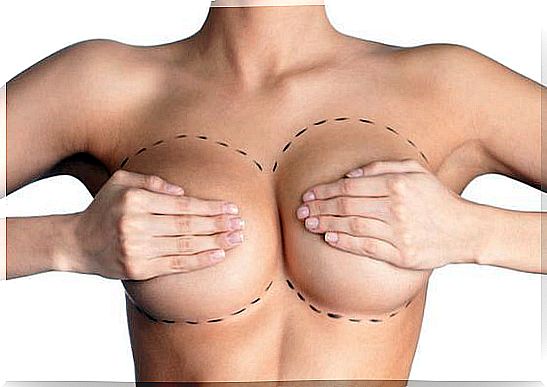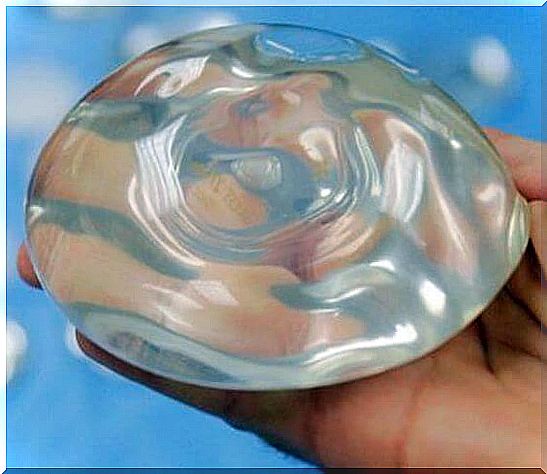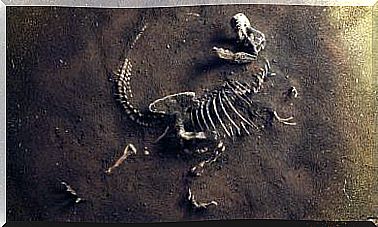Are Breast And Lactation Implants Compatible?

Although very popular in recent times, having breast implants raises questions about their compatibility with breastfeeding. It is normal that public opinion is not convinced about the effectiveness of breastfeeding with these prostheses, however, specialists consider that there is no impediment.
As might be expected, the surgery performed to place breast implants could put the integrity of the mother’s breast at risk, there is a chance that nerves and ducts will be damaged by the procedure. In this case, we could be talking about a potential impediment to breastfeeding when necessary.
Under normal circumstances, breast implants are not an impediment for mothers to breastfeed their children. However, it is necessary to consider other aspects of breastfeeding that may be affected by this special situation, for example the feeding mechanism could be greatly hindered.
What could be the impediment?

The lack of information is capable of generating countless rumors about a subject like this, most of the beliefs in this regard are unfounded, since specialists consider that breast implants are not a problem in breastfeeding. Talking about the complications that these prostheses could cause, is a matter that has nothing to do with the correct functioning of the mammary organ.
In this sense, news about prosthesis explosions or cancer risk would be an exception to which not all of us are exposed. So, the first myth dismantled in this regard is based on the fact that for no reason should implants placed normally affect milk production, or the feeding process.
However, the placement of implants poses a risk to the production of milk and the correct feeding of the baby, it all depends on the characteristics of the intervention, the time it takes and the results of it. For example, when the delivery route is periareolar, there is an imminent risk of damaging the milk ducts, drastically interfering with a possible lactation process.
Both the nerve endings and the milk ducts are essential to allow milk to be produced and let it flow to the nipple. In this sense, the nerves of the areola of the nipple are responsible for stimulating the brain to produce hormones such as oxytocin and prolactin, vital in the production and ejection of milk.
Thus, those women of reproductive age whose prosthesis placement route is through the periareolar region should be informed about the risks of damaging the ducts or nerves of the mammary gland. Although not all these interventions end with a negative outcome in this regard, the risk of generating an impediment to breastfeeding suggests that the implant placement route is axillary or submammary.
The location of breast implants

In addition to the route of placement before implant surgery, the place where it is located within the gland is very important when we are concerned with the compatibility of prostheses with breastfeeding. It is believed that the most common problems for which a woman must stop or cannot breastfeed are related to the production of milk and the normality of the gland.
Thus, considering that during the intervention there was no damage to the structure and functioning of the breast, it is possible that the location in which the prosthesis is placed could intervene in breastfeeding. In this regard, it should be noted that the functionality of the breast may be affected if the implant is located below the mammary gland, as its position could cause an interruption in the passage of milk.
However, an implant placed below the muscle, in addition to avoiding potential damage to the area, frees the milk ducts. In this sense, it is convenient for women and surgeons to maintain adequate communication to ensure that the location of the prosthesis does not intervene in future breastfeeding plans.









